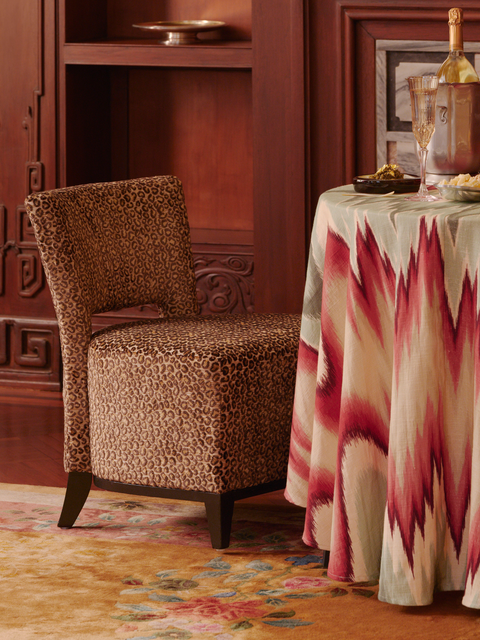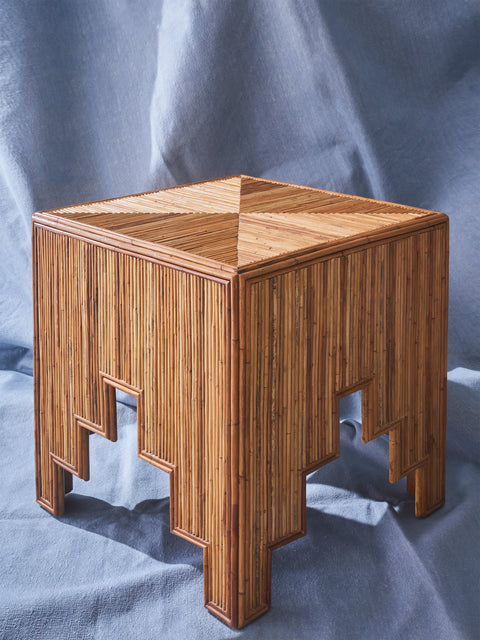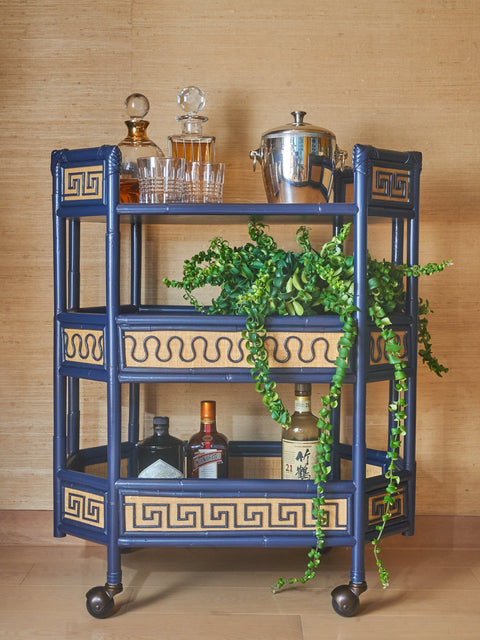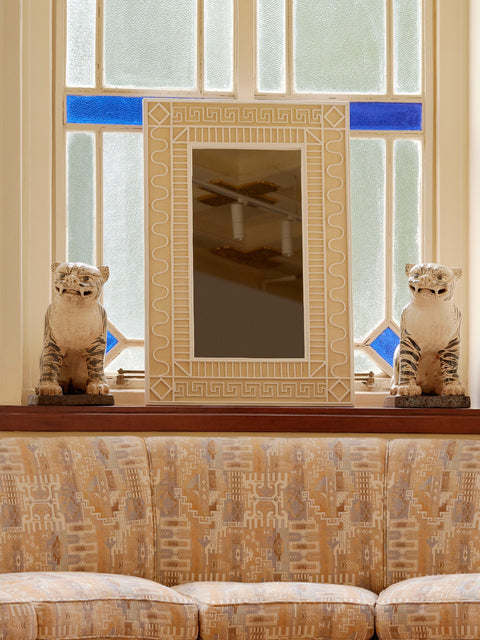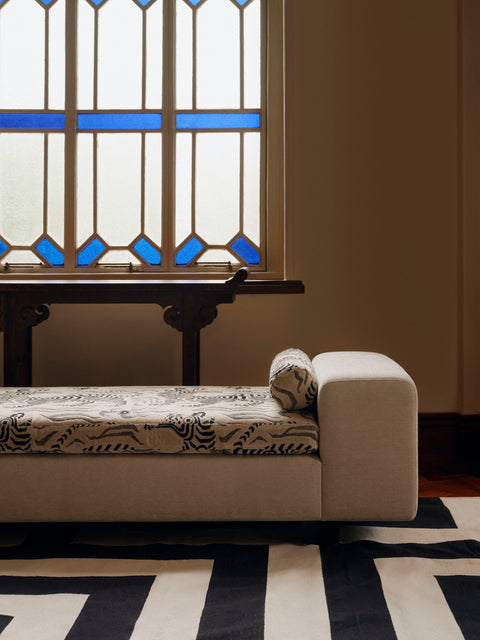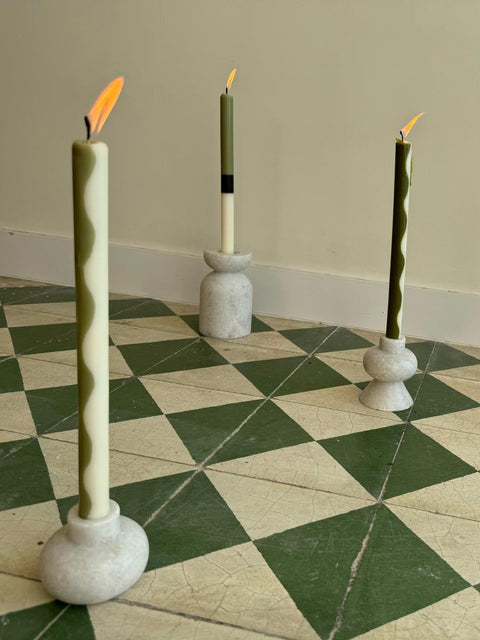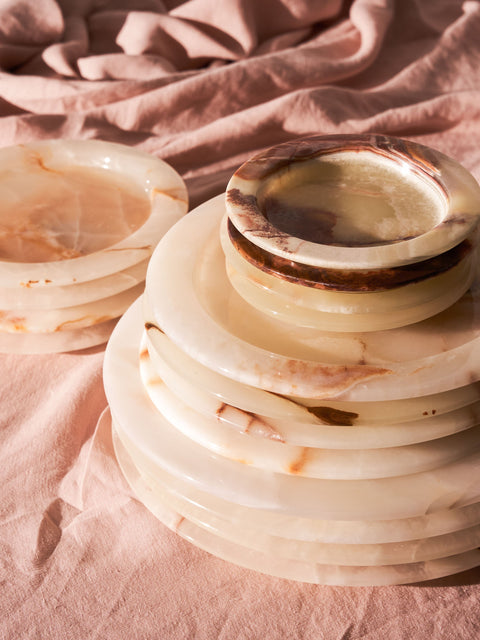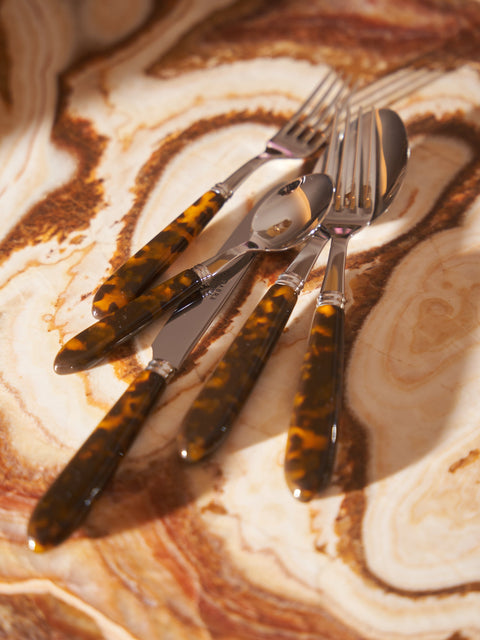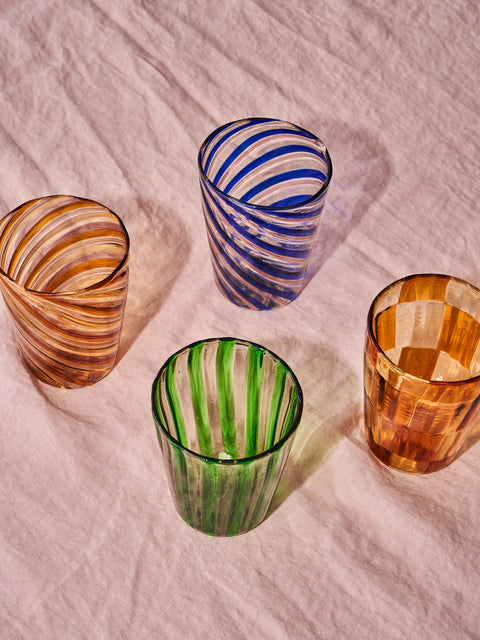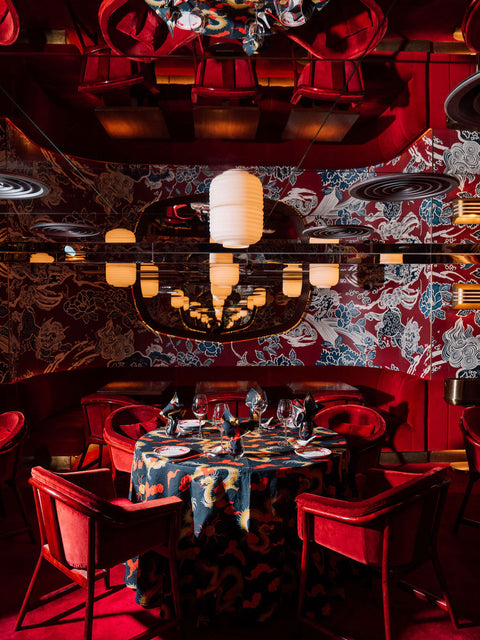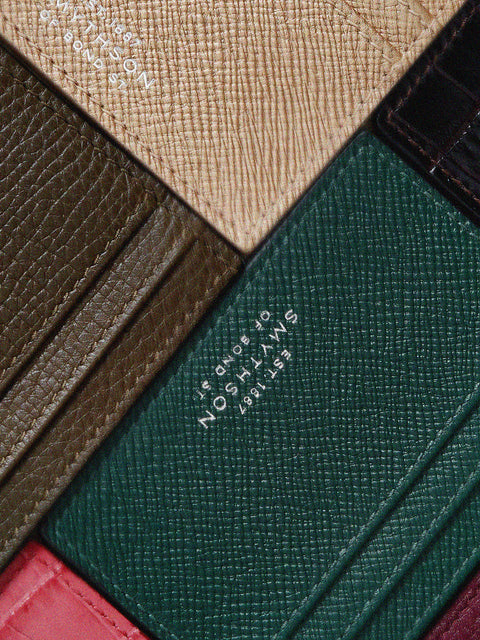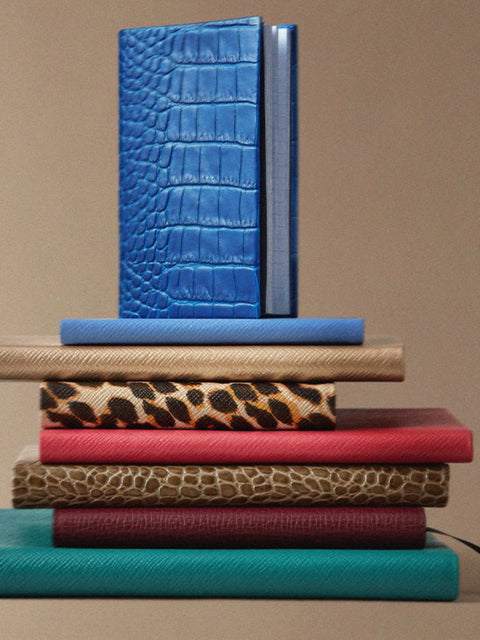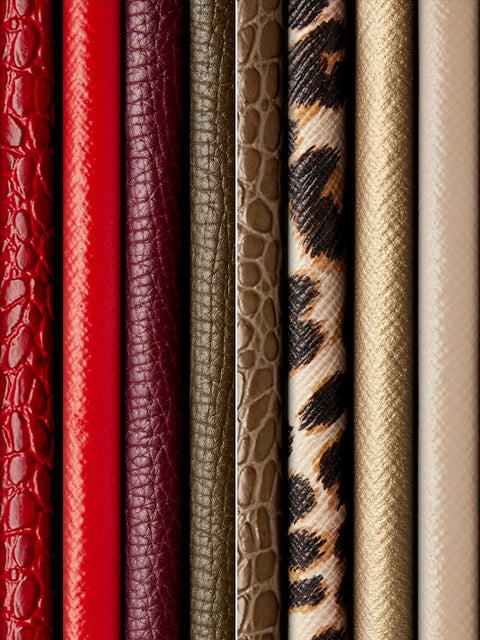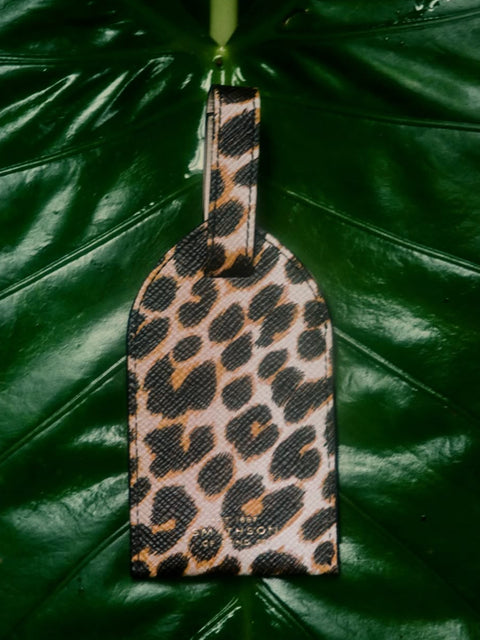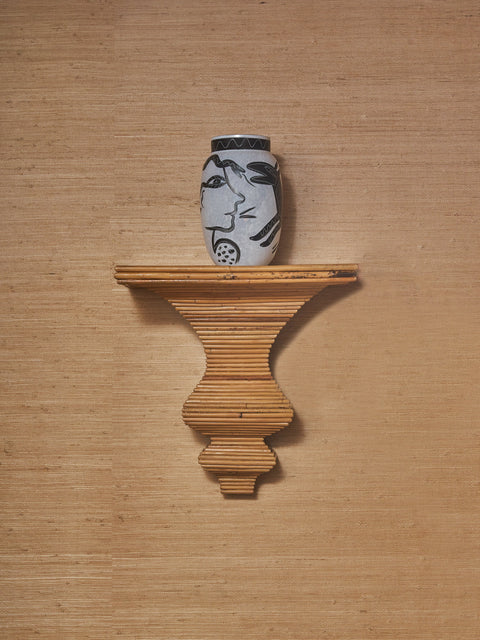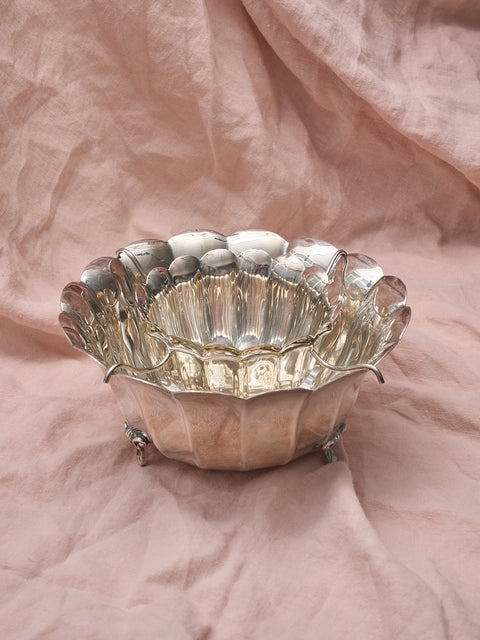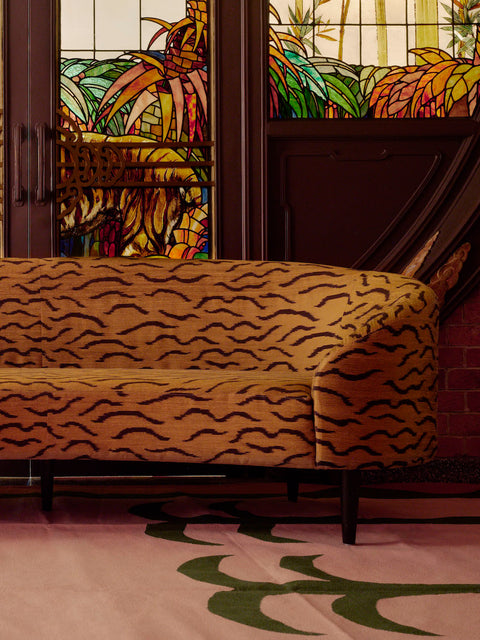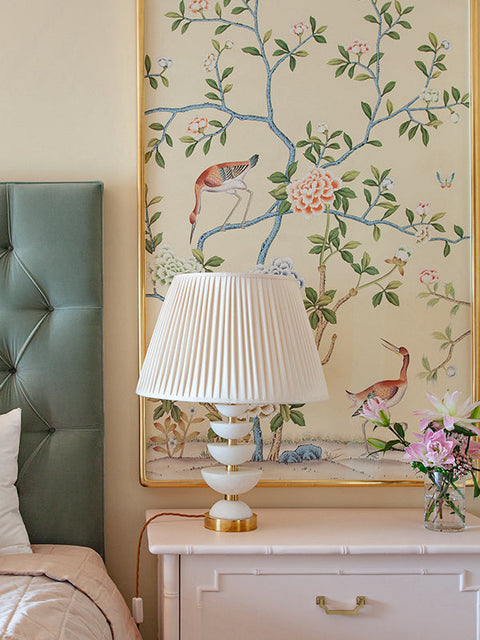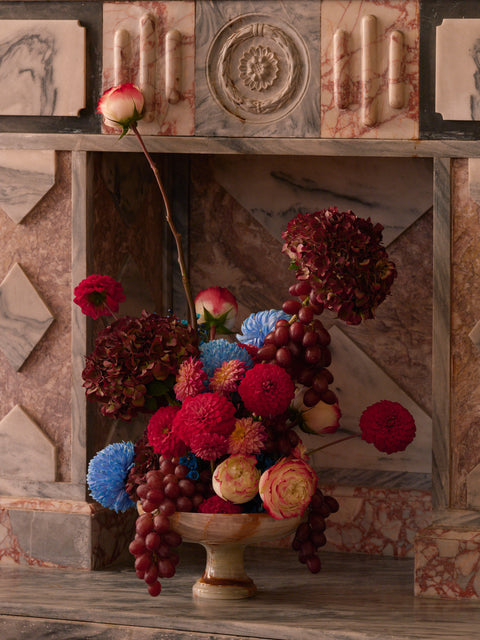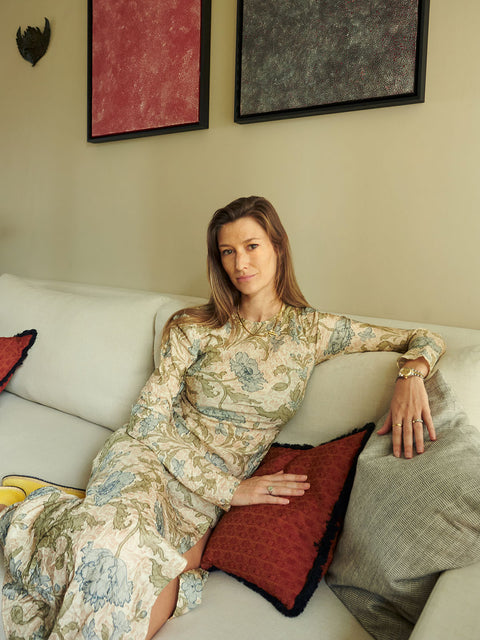Sign in to speed up the checkout process, check your order status and save your favorite products.
Login
Register
Deskography: What Great Creatives’ Workspaces Tell Us
Does a tidy desk equal a tidy mind, or does creativity thrive in chaos? ABASK takes a closer look at the workspaces of some of the world’s most prolific artists.
Gio Ponti’s archive in Milan
Giovanni “Gio” Ponti was a fan of taking his work home with him. And why wouldn’t he? The prolific mastermind behind architectural icons and kitchen cutlery alike had enjoyed huge success with his modular study desks (for Dassi, Pamono and Schirolli) and his era-defining Superleggera 699 chairs (for Cassina), which can be found in studies from Milan to Miami.
Both stood proudly in Ponti’s own marble terrazzo study on Milan’s Via Dezzi, joined by protypes from his collaboration with Molteni&C – including the D.153.1 armchair and the D.555.1 Coffee Table.
Zoom into the top of his shelving system and you’ll spot a painting on Perspex, a new medium that Ponti started experimenting with in later life. As autobiographical as all that is, even the master of Italian modernism needed a filing system; see surfaces filled with binders and boxes. A man after our own heart.
Part study, part library, and a wholly joyful ode to objects
Jim and Helen Ede’s library/study space, Kettle's Yard, Cambridge
Part study, part library, and a wholly joyful ode to objects, the mezzanine area of Kettle’s Yard is a familiar image from Jim and Helen Ede’s home-turned-gallery in Cambridge thanks to its pilgrimage status. This space, like every other room, corridor and occasional corner is a result of the couple’s democratic approach to art and sensitive arrangement of belongings. In this considered space, bookshelves play home to treasured tomes, small sculptures, glassware, and artwork in contrasting frames. A happy cacophony of objects that converse with ease, complemented by rugs underfoot and unfussy wooden furniture, it’s a place to read, write, reflect – and collect.



